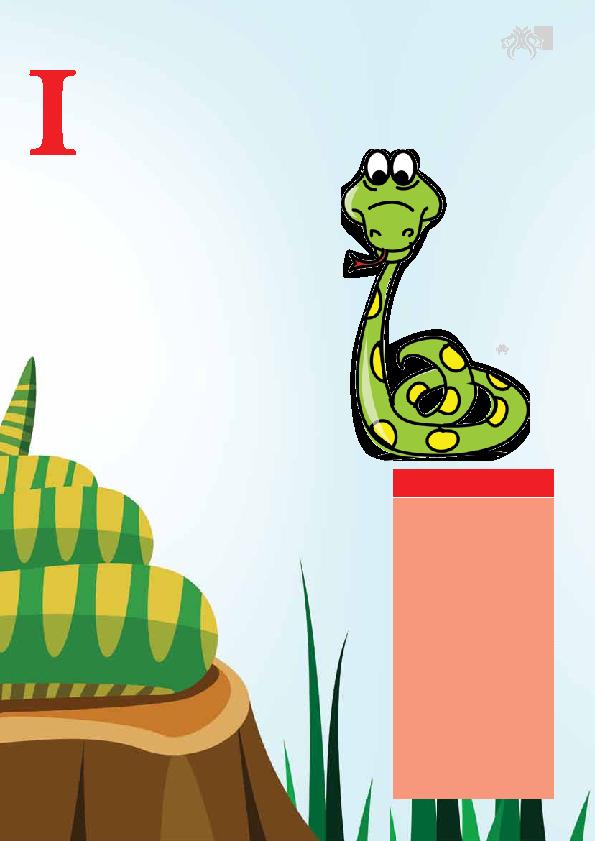
with my forked tongue and have a
When we learn about them and how they act
around us we can see that they can be our
friends too.
legs, feet or flippers. Snakes slither on the
ground using the scales and muscles in
their bodies to move across the floor. It's like
when we slide down a water slide on our
bellies. It's a lot of fun! The scales on the
underside of the snake's body are made for
this, like the tread on a tyre. Different types
of snakes use different ways of moving,
these movements are called: concertina,
serpentine, sidewinding or a caterpillar
motion.
Snakes will push off any bump or surface
like rocks and trees to get going. They
move in a wavy motion. Another way snakes
the front part. It then drops the front part of
its body and straightens and pulls the back
portion along. If we didn't know better it
would look like he was getting up onto his
knees and then `throwing' himself forward!
mud they use a type of movement
we call sidewinding. Here the
snake appears to throw its
head forward and the rest
of its body follows while the
head is thrown forward again.
The last way of moving is called
the rectilinear method a fancy
word for the caterpillar motion.
This is a slow, creeping, straight
movement. The snake uses
some of the wide scales on its belly to
grip the ground while pushing forward
with the others making it look just like
a wiggly worm.
land snake in the world is the
aggressive black mamba found
in the Southern part of Africa. Yip
that is right here in our backyard!
The mamba can reach speeds of
16-19km per hour in short bursts
over level ground good luck trying
to outrun one of these snakes if you
make it cross!
from branches and swing themselves into
the air. Then by flattening their ribcage and
making a side to side motion, they keep
their bodies in the air long enough to glide
far before crashing to the ground or into
another tree. No snakes can fly upwards or
take off from the ground like a rocket ship or
aeroplane.
with fish and sharks while others just slide
snakes even live most of their lives in the
ocean - these are known as sea snakes.
They do come to the surface to breathe
air, but can often stay down for more than
an hour! Water snakes also like to tan like
rod to use like humans
Territory: Snakes are found throughout
the world except Antarctica and Iceland
and are found in tropical regions.
Habitat: Snakes are found in water,
forests and deserts.
Food: Anything from termites, rodents,
birds, frogs, small deer and other
reptiles.
Eating: Snakes eat their prey whole
and are able to eat prey three times
larger than the width of their head.
Venomous snakes inject their prey with
venom, while constrictors squeeze their
prey.
Reproduction: Most snakes lay eggs,
but some give birth to live young.
Size: Depending on the snake they can
be up to 30 feet long or as small as 4
inches.
Weight: The heaviest snake weighs a
whopping 250 kgs!
Age: In captivity some snakes can live
as long as 50 years.